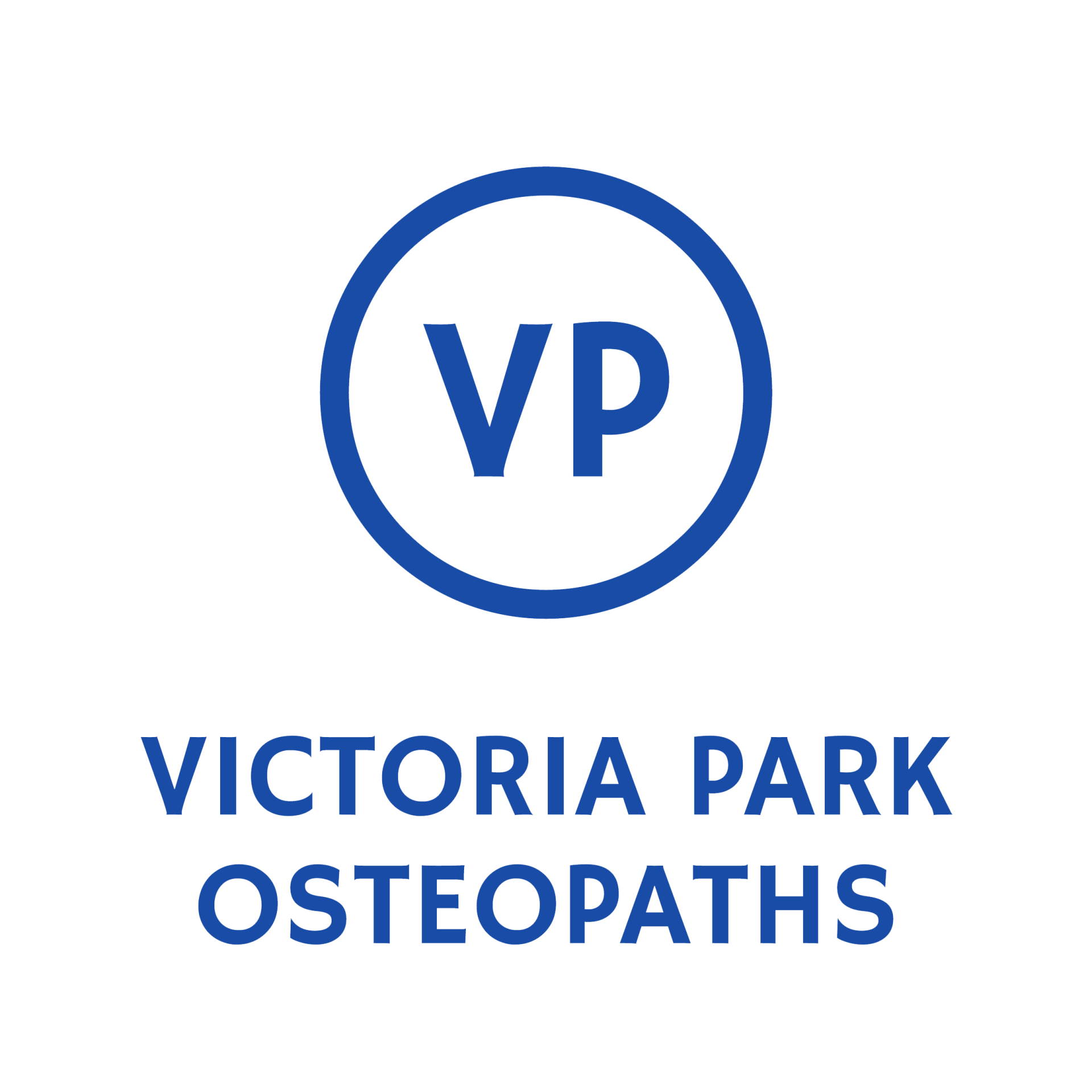What is Sciatica?
Sciatica refers to pain caused by irritation or compression of the sciatic nerve — the largest nerve in the body, which runs from the lower back through the buttock and down the leg. It is a symptom, not a diagnosis, and may result from disc irritation, joint dysfunction, osteoarthritis, or inflammation along the nerve pathway. Most likely this will occur at the nerve root as it exits the spine.
Pain can range from mild and intermittent to sharp, burning, or debilitating.
Symptoms & What You May Experience
You may notice one or more of the following on one side of the body:
- Pain in the buttock, back of the thigh, calf, or foot
- Sharp, shooting, or burning pain radiating from the lower back or hip
- Tingling, pins and needles, or numbness
- Muscle weakness in the leg or foot
- Pain made worse by coughing, sneezing, or prolonged sitting
- Stiffness or restricted lower back movement
Symptoms may come and go or be constant, depending on the cause and irritation level.
What causes Sciatica?
Common underlying causes include:
- Lumbar disc irritation or herniation
- Facet joint inflammation
- Piriformis syndrome (muscular compression in the buttock) - more likely a contributor rather than the main cause
- Spinal stenosis or narrowing of nerve space
- Repetitive lifting, twisting, or prolonged sittin
- Pregnancy-related pelvic or postural changes
- Degenerative changes affecting nerve pathways
Contributing Factors (not main cause)
- Piriformis syndrome (muscular compression in the buttock)
- Sacroiliac joint dysfunction
Sometimes there is no single event — symptoms can develop gradually over time.
How We Help (At Victoria Park Osteopaths)
Treatment targets both the source of irritation and contributing movement patterns:
- Guidance on pacing, movement breaks, and flare-up management
- Spinal and pelvic mobilisation to relieve pressure on the nerve
- Soft tissue release for glutes, piriformis, hamstrings, and lower back
- Joint mobilisation of the hip and lumbar spine
- Nerve gliding exercises where appropriate
- Postural and ergonomic advice (sitting, lifting, sleep positions)
- Gentle mobility and strengthening work for core, glutes, and hips
We tailor treatment depending on whether symptoms are disc-related, muscular, joint-based, or combined.
Recovery Time & What to Expect
- Mild cases: improvement within 2–6 weeks
- Moderate or disc-involved cases: 6–12 weeks
- Chronic or recurrent sciatica may require ongoing rehab and movement re-education
- Early treatment helps reduce flare-ups and speed recovery
Most people recover well without surgery.
When to Seek Medical Review / Red Flags
Urgent assessment is recommended if you experience:
- Loss of bladder or bowel control
- Numbness in the groin or saddle area
- Progressive weakness in the leg or foot (foot drop)
- Unrelenting night pain or unexplained weight loss
- Severe pain after trauma or fall
- No improvement after conservative care
We can help refer you for imaging or specialist input if needed.


